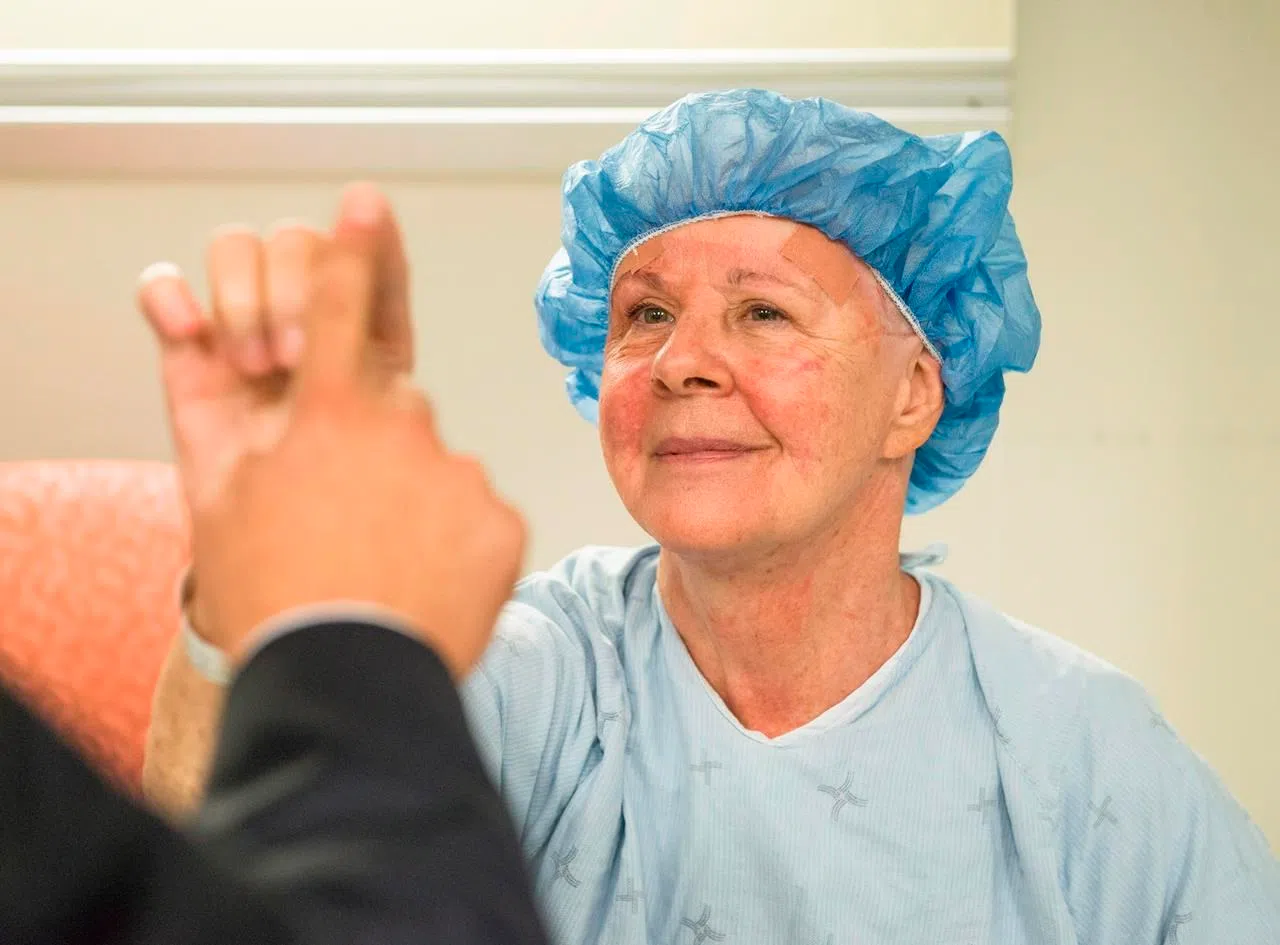
Scalpel-free brain surgery safe, effective for essential tremor: researchers
TORONTO — For years — decades, actually — Noreen Smith couldn’t perform the simple actions of everyday living that most of us take for granted: drinking a cup of coffee; writing her name; styling her hair.
Her dominant right hand would shake so violently that she had to try steadying it with her left or have her husband help with whatever task she was attempting. Her passion — drawing quick-sketch portraits of people — had become impossible.
The couple’s social life contracted, with Smith ending up virtually housebound, said her husband, Brian, who took over the grocery shopping because his spouse wouldn’t have been able to use the debit machine or fish out the necessary cash from her wallet.
“We’ve had to decline invitations to dinner, to go out to meals with people, to go to shows with other people and so on,” he said, lamenting how the condition has stolen the joy of socializing from his gregarious wife’s life.



